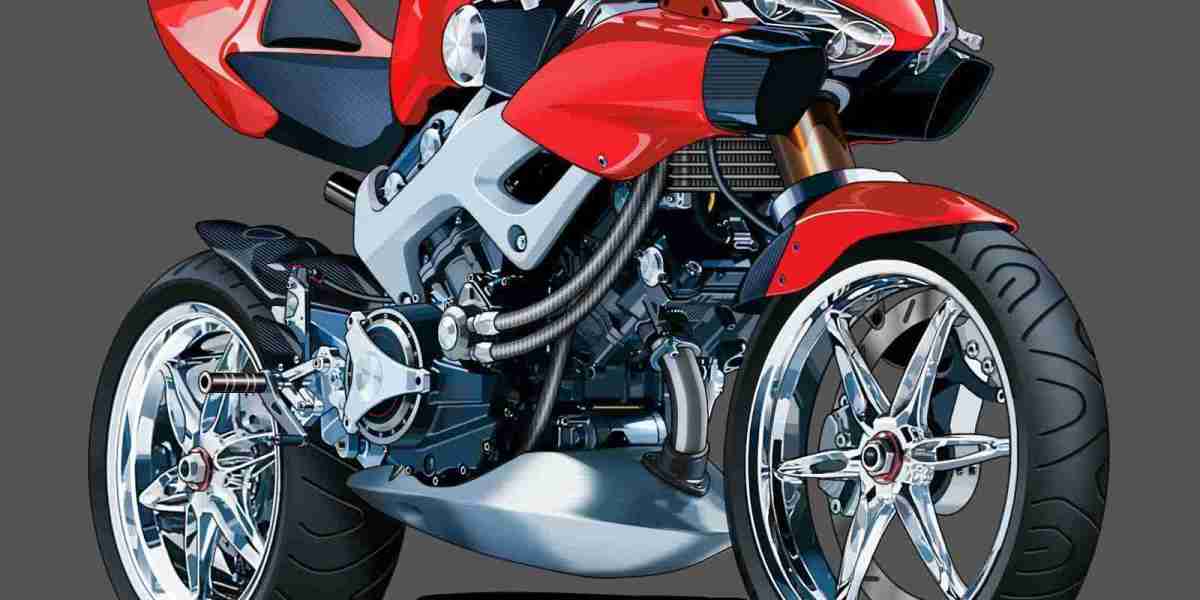The Thrill of Speed: Exploring Sports Bikes and Crotch Rockets
Introduction
Motorcycles have always captivated the hearts and minds of thrill-seekers, adventurers, and speed enthusiasts. Among the various categories of motorcycles, sports bikes and crotch rockets stand out as the epitome of performance, agility, and raw power. These machines, designed for high-speed excitement and precision handling, have carved a niche in the world of motorcycling. This article delves into the fascinating world of sports bikes and crotch rockets, exploring their history, design, technology, and the culture surrounding them.
A Brief History
The evolution of sports bikes can be traced back to the early 20th century when motorcycles began to be used for racing. The need for speed and competition drove manufacturers to innovate and push the boundaries of motorcycle design. Companies like Harley-Davidson, Indian, and Triumph were among the pioneers, creating motorcycles that could achieve higher speeds and better handling.
The term "crotch rocket" emerged later, primarily in the 1980s, to describe high-performance sports bikes known for their aggressive posture and lightning-fast acceleration. These bikes were characterized by their aerodynamic design, powerful engines, and a riding position that placed the rider's body forward, resembling a "rocket."
Design and Engineering
Sports bikes and crotch rockets are engineering marvels, meticulously crafted to deliver unparalleled performance. Their design focuses on several key aspects:
Aerodynamics
Aerodynamics play a crucial role in the design of sports bikes. The sleek, streamlined bodywork minimizes air resistance, allowing the bike to cut through the air with minimal drag. Wind tunnels and computer simulations are often used in the design process to optimize the aerodynamics of these machines.
Frame and Chassis
The frame and chassis of sports bikes are built for rigidity and lightness. Materials like aluminum and carbon fiber are commonly used to achieve a balance between strength and weight. The geometry of the frame is designed to provide exceptional handling and stability at high speeds.
Engine
The heart of a sports bike is its engine. These bikes typically feature high-revving, multi-cylinder engines capable of producing immense power. Engine displacement can range from 600cc to over 1000cc, with some models exceeding 200 horsepower. The engines are often equipped with advanced technologies such as fuel injection, turbocharging, and electronic control systems to maximize performance.
Suspension and Brakes
To handle the demands of high-speed riding, sports bikes are equipped with sophisticated suspension systems. Adjustable forks and rear shocks allow riders to fine-tune the bike's handling characteristics. High-performance brakes, often with anti-lock braking systems (ABS), ensure that the bike can come to a stop quickly and safely.
The Riding Experience
Riding a sports bike or crotch rocket is an exhilarating experience that combines speed, precision, and adrenaline. The aggressive riding position, with the rider leaning forward, provides better control and stability at high speeds. The quick acceleration and responsive handling make these bikes ideal for both street riding and track days.
However, the intense riding posture can be demanding on the rider's body, especially on longer rides. It requires a good level of physical fitness and skill to handle these machines effectively. Riders often invest in specialized gear, including helmets, gloves, and leathers, to enhance safety and comfort.
The Culture and Community
The sports bike community is vibrant and diverse, united by a shared passion for speed and performance. Enthusiasts often gather for group rides, track days, and motorcycle shows. Online forums and social media platforms provide a space for riders to share tips, experiences, and modifications.
Track days are a popular activity among sports bike riders, offering a safe environment to explore the limits of their machines. Many tracks provide coaching and training programs to help riders improve their skills and techniques. Racing events, such as MotoGP and World Superbike, also attract a significant following, with fans cheering for their favorite riders and manufacturers.
The Future of Sports Bikes
The future of sports bikes and crotch rockets is exciting, with continuous advancements in technology shaping the next generation of these machines. Electric sports bikes are emerging as a viable alternative, offering instant torque and impressive performance without the emissions of traditional internal combustion engines. Companies like Zero Motorcycles and Energica are leading the way in electric sports bike development.
Additionally, advancements in artificial intelligence and connectivity are likely to influence the design and functionality of sports bikes. Features such as adaptive cruise control, collision detection, and real-time performance monitoring are becoming more common, enhancing both safety and riding experience.
Conclusion
Sports bikes and crotch rockets represent the pinnacle of motorcycle engineering and performance. Their design, technology, and culture create a unique and thrilling experience for riders and enthusiasts. As technology continues to evolve, the future of these machines promises even greater excitement and innovation. Whether you're a seasoned rider or a newcomer to the world of motorcycling, the allure of sports bikes and crotch rockets is undeniable, offering a journey into the heart of speed and adrenaline.









